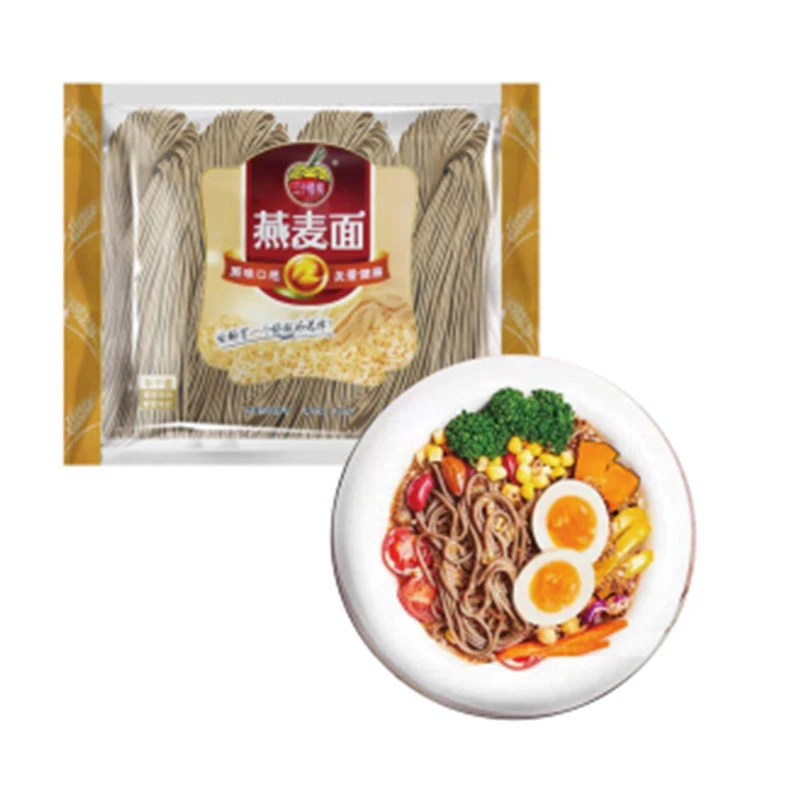types of noodles packet
Types of Noodles A Culinary Exploration
Noodles are a staple in many cultures around the world, celebrated for their versatility, ease of preparation, and delightful textures. From the delicate strands of Italian pasta to the chewy goodness of Asian noodles, the world of noodles is vast and varied. In this article, we will delve into the different types of noodles, their characteristics, and the culinary traditions that accompany them.
1. Italian Pasta
Italian cuisine boasts a rich assortment of pasta shapes and sizes, with each type suited for specific dishes. Spaghetti, perhaps the most famous pasta, consists of long, thin strands that are perfect for layering sauces like marinara or carbonara. Fettuccine is a flat noodle that pairs beautifully with creamy sauces, such as Alfredo. Other common varieties include Penne, which are tubular and can hold onto sauces, and Fusilli, with its spiral shape that captures bits of meat and vegetables. Each kind of pasta offers a unique mouthfeel and culinary experience.
Asian noodles encompass a wide range of types, each with distinct ingredients and preparation methods. Rice noodles, common in Thai and Vietnamese cuisine, are made from rice flour and have a delicate, slightly chewy texture. They are most famously used in dishes like Pad Thai and Pho. Soba noodles, traditionally from Japan, are made from buckwheat flour, lending a nutty flavor and a high nutritional profile. They can be served hot or cold and are commonly enjoyed in dishes like Soba noodle salad.
Udon, another Japanese favorite, consists of thick, wheat-based noodles that are hearty and filling. They are often served in a savory broth or stir-fried with vegetables and proteins. In Chinese cuisine, you can find Chow Mein and Lo Mein, which are both made from wheat flour but differ in their preparation; Chow Mein is usually crispy while Lo Mein noodles are softer and saucier.
3. Specialty Noodles
types of noodles packet

In addition to the more common varieties, there are also specialty noodles that reflect regional ingredients and culinary innovations. Egg noodles are made with the addition of egg, giving them a rich flavor and a tender texture. These are popular in German and Eastern European dishes, often served in hearty soups or as a side dish.
Glass noodles, made from mung bean starch, are translucent and chewy, often used in stir-fries and salads. They absorb flavors well and provide a unique texture, making them a favorite in many Asian dishes.
4. Couscous and Other Alternatives
While not a noodle in the traditional sense, couscous is often included in discussions about noodle-like foods. Made from semolina wheat, couscous is a staple in North African cuisines and has a grainy texture that can complement a variety of dishes.
Another exciting trend in the culinary world is the rise of gluten-free alternatives. Noodles made from vegetables, such as zucchini noodles (zoodles) or pumpkin noodles, are gaining popularity among health-conscious eaters. There are also gluten-free rice pasta and quinoa-based noodles that help cater to those with dietary restrictions without sacrificing flavor.
5. Conclusion
The world of noodles is truly diverse, with each type bringing its own flavor, texture, and cultural significance to the table. From the rich heritage of Italian pasta to the hearty embrace of Asian noodles and beyond, noodles have a special place in culinary traditions worldwide. Whether you prefer classic dishes or contemporary takes, there is a noodle for every palate. So next time you reach for that packet of noodles, consider the vast array of choices available and perhaps try something new – your taste buds will thank you!
-
Unlock the Delicious Potential of Yam NoodlesNewsAug.11,2025
-
The Authentic Taste of Lanzhou NoodlesNewsAug.11,2025
-
Savor the Art of Hand Pulled NoodlesNewsAug.11,2025
-
Indulge in the Timeless Delight of Spaghetti BologneseNewsAug.11,2025
-
Indulge in the Rich Flavor of Braised Beef NoodlesNewsAug.11,2025
-
Elevate Your Meals with the Magic of Fresh PastaNewsAug.11,2025
-
Unleash Your Inner Chef with Delectable Italian Pasta CreationsNewsAug.01,2025
Browse qua the following product new the we

















































































































